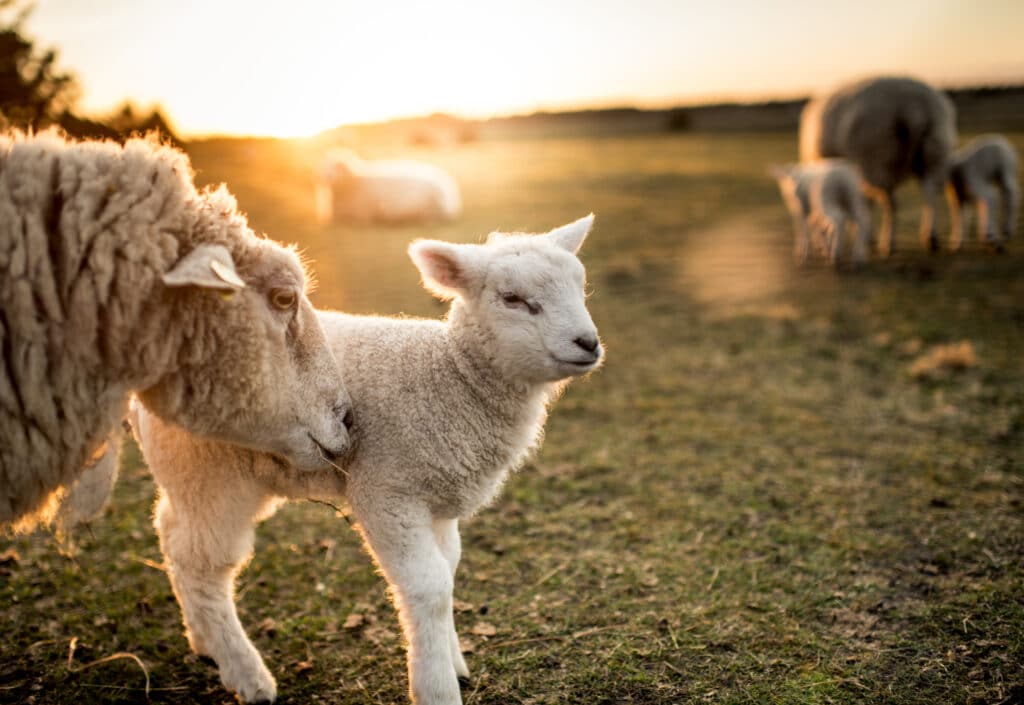The Magic of Lanolin
The major ingredient in Lanocare’s products is Lanolin which no doubt you will have heard of particularly in relation to the cosmetic industry. So what is Lanolin, where does it come from and why is it in our products?
The name Lanolin is derived from two Latin words – the first meaning wool and the second meaning oil – and that sums it up in a nutshell. Lanolin is oil made in the sebaceous glands of all animals producing wool – it is this very oil that waterproofs their wool and helps protect them from the weather. Whilst all wool producing animals produce Lanolin, in modern times it is only commercially produced from sheep wool.

Extracting Lanolin is straight forward. The process starts with the raw, unwashed wool produced every time a sheep is sheared. It is put into a vat with some salt and water and heated to just below boiling point. Over a period of several hours the Lanolin is stripped from the wool and starts to accumulate on top of the water in the vat. Once complete, the wool is taken out and dried and the Lanolin is removed by evaporating the balance of the water present. The dried the wool is not wasted and can be used in a variety of products.
Commercially the extraction process is based on the same principles, but is a little more sophisticated in using high speed, disc centrifuges.
The above process creates raw Lanolin or wool grease. It is a thick, brown, sticky substance containing a complex cocktail of compounds including medium chain fatty acids, alcohols, cholesterols to name but a few. The raw product is further refined to create an extensive range of derivative products that are suitable for various industrial, cosmetic and medical uses.
The Lanolin used in Lanocare is actually a by-product of one of these refining processes.
So why do we use Lanolin?
As mentioned above, it is a natural water-proofer which has been known about and used for hundreds of years as an anti-corrosion coating and lubricant.
Lanolin has the unique property of having low viscosity whilst at the same time still remaining tacky. The low viscosity allows the Lanolin to be drawn into micro voids in rust where it displaces any water molecules present whilst its tackiness allows it to adhere to any surface sealing it from exposure to both oxygen and water. These characteristics combine to make a formidable rust inhibitor
In addition whilst technically a wax, Lanolin has all the physical properties of an oil. It’s low viscosity and tackiness makes it a perfect lubrication agent.
Putting aside the personal and healthcare uses of Lanolin, it has a wide variety of industrial uses in areas such as
- Rust proofing metal surfaces
- Lubrication grease and oil for moving parts
- Easing oils
- Treating and preserving wood
- Treating and preserving leather
- Concrete water-proofing
- Polishing waxes and abrasives
- Glues and jointing pastes
Lanocare’s LS20 spray and LG40 grease are the first in a range of Lanolin based renewable products designed capitalise on the unique properties of Lanolin. We look forward to introducing more specialist products in the near future.